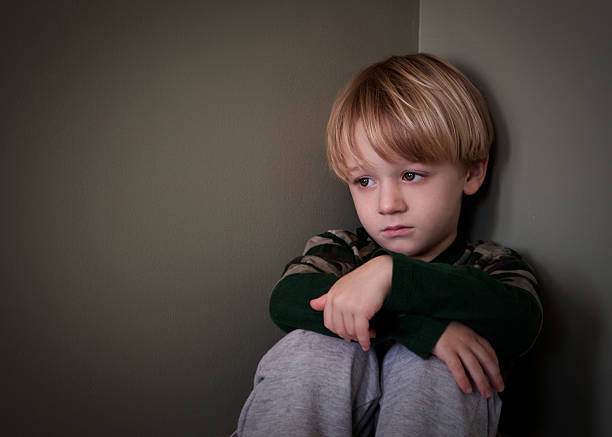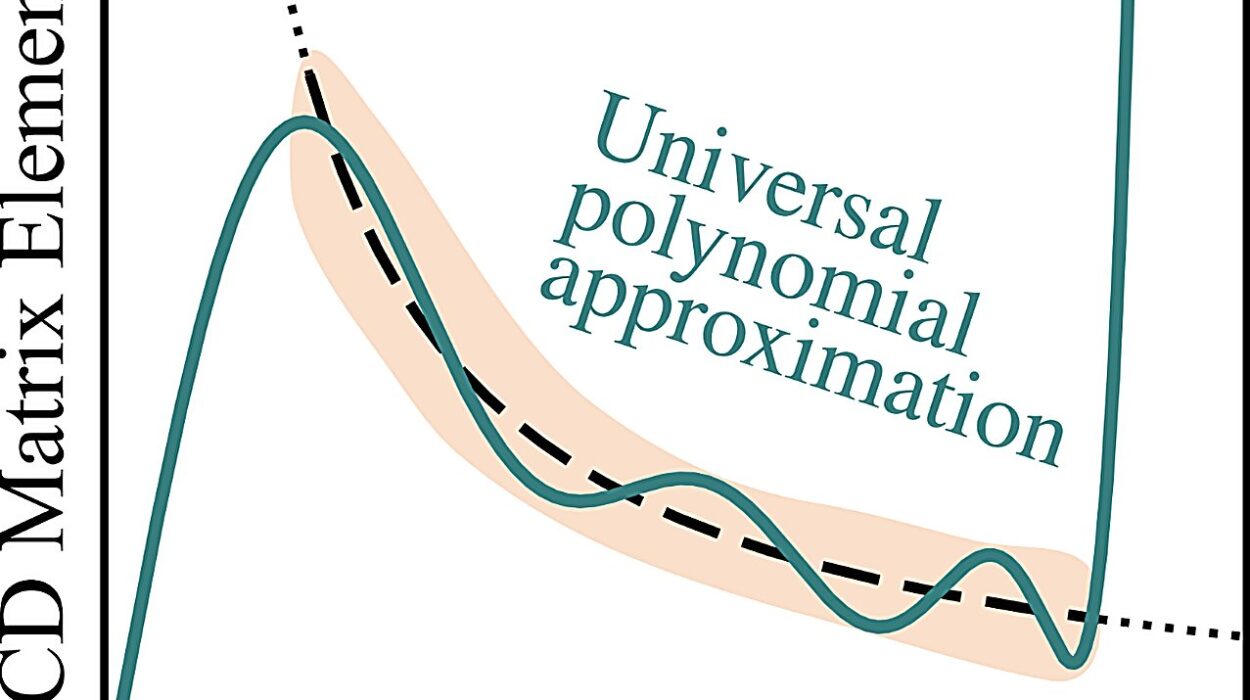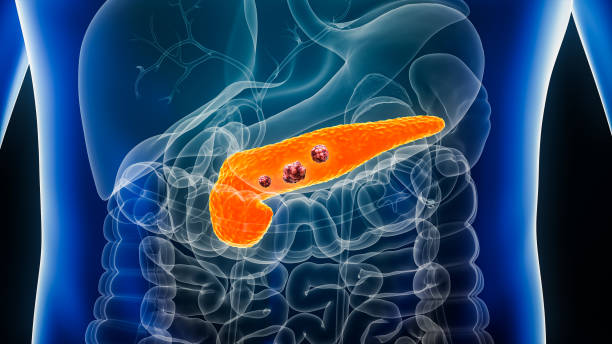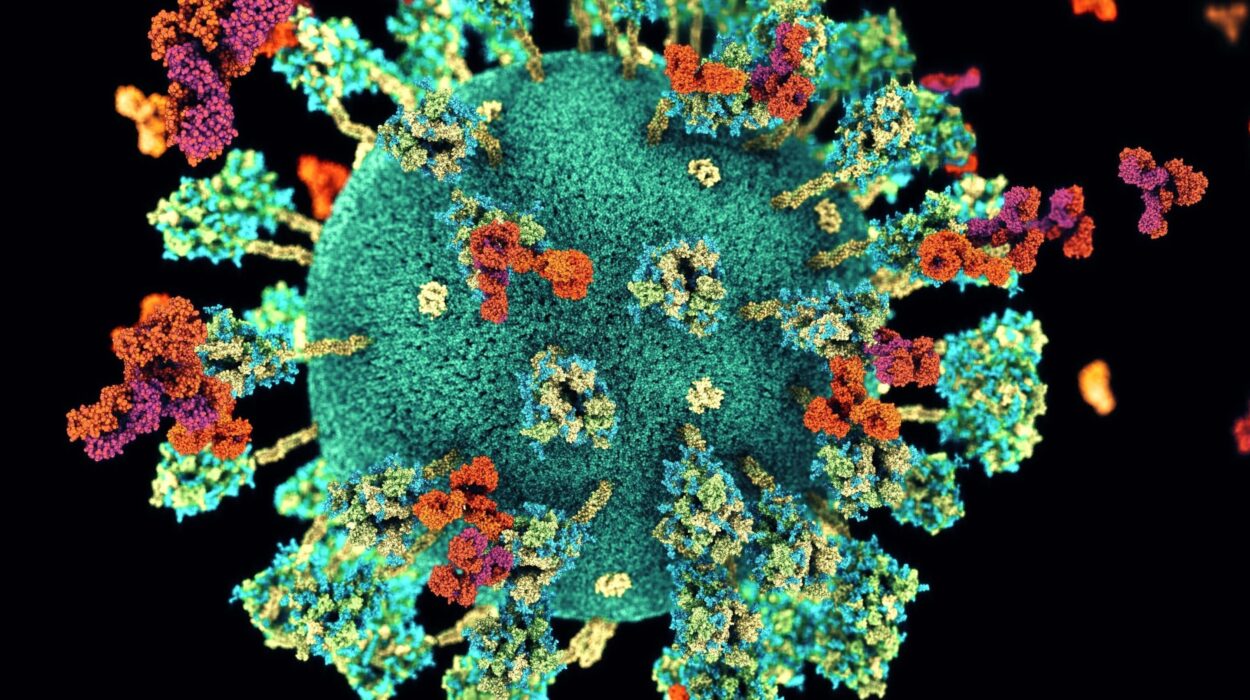We live in a world that never seems to slow down. Deadlines loom, emails pile up, expectations grow higher, and there are never enough hours in the day. The coffee-fueled hustle culture has turned productivity into a badge of honor, but behind the scenes, more and more people are silently crumbling under pressure. As mental health discussions become more prominent, two terms keep surfacing again and again—stress and burnout. People often use them interchangeably, but are they really the same thing?
The short answer is no. While stress and burnout share some symptoms and even feed into each other, they are fundamentally different beasts. Understanding the difference is more than semantics—it’s crucial for our well-being, our relationships, and even our careers. Let’s dive into what makes stress and burnout unique, how they affect us, and what we can do to fight back.
What Is Stress? The Tension of the Temporary
Stress is a familiar sensation to almost everyone. It’s your body’s natural response to a challenge or demand. Whether it’s caused by a tight work deadline, an impending exam, or an argument with a loved one, stress kicks your body into high gear. Your heart rate increases, your muscles tense up, and your brain goes into alert mode. It’s essentially your body’s way of saying, “Hey, pay attention! Something needs to be handled right now.”
In moderate doses, stress isn’t always bad. In fact, it can be motivating. The adrenaline rush you get before a big presentation can help you perform better. The worry about an upcoming test might drive you to study harder. Acute stress—short-term stress—can sometimes even enhance your performance, keep you focused, and help you power through challenges.
However, stress becomes problematic when it’s chronic. When you’re under pressure day in and day out without adequate rest or recovery, your body and mind begin to suffer. Chronic stress wears you down, leaves you exhausted, and can contribute to a range of health issues including high blood pressure, heart disease, digestive problems, anxiety, and depression. But even with all this, stress still implies a certain urgency—a sense that if you can just get past this one issue, things will go back to normal.
What Is Burnout? The Collapse of the Spirit
Burnout, on the other hand, isn’t just about having too much on your plate. It’s what happens when chronic stress is left unchecked for too long. It’s not a temporary state of pressure, but a prolonged state of emotional, mental, and often physical exhaustion brought on by excessive and prolonged stress. And unlike stress, burnout doesn’t feel like you’re racing— it feels like you’ve come to a complete halt.
People experiencing burnout often describe a deep sense of emptiness, cynicism, and detachment. They don’t just feel tired; they feel drained to the core. They’re not just frustrated; they’ve become indifferent. The things they once cared about no longer spark any emotion, and their motivation has withered away. It’s as if the pilot light inside them has gone out.
Burnout is most commonly discussed in the context of work, but it can occur in any area of life—parenting, caregiving, relationships, and even academic pursuits. Wherever there is sustained, overwhelming pressure without relief or recognition, burnout can take root.
The Mental Toll: Stress Anxiously Looks Forward, Burnout Gloomily Looks Down
Psychologically, stress tends to stir up anxiety. When you’re stressed, you worry about what’s next. You fret about finishing the report, meeting expectations, or facing consequences. There’s still a sense of hope—or at least urgency—that things can be fixed if you just push a little harder.
Burnout feels different. Instead of anxiety, there’s apathy. You’re not overly worried anymore because you’ve given up caring. Tasks you once enjoyed now feel meaningless. You feel detached, not only from your work but from yourself. It’s not that you’re too busy to relax—it’s that even when you have time, you can’t summon the energy or interest to enjoy anything.
The Physical Impact: Stress Is Wired, Burnout Is Fried
Physically, stress often shows up as tension. Your muscles ache, your head pounds, your chest tightens. You might have trouble sleeping because your mind is racing with thoughts. You feel keyed up, jittery, and on edge.
Burnout, by contrast, feels more like depletion. You’re not amped up—you’re shut down. Sleep becomes erratic, not because you’re thinking too much, but because your body is so out of sync. You feel physically weak, prone to illness, and completely exhausted even after a full night’s rest. It’s a profound fatigue that sleep alone can’t fix.
Emotional Consequences: Stress Brings Emotion, Burnout Numbs It
When you’re stressed, emotions often run high. You may feel irritated, overwhelmed, frustrated, or nervous. You might cry more easily or get angry faster. But your emotional reaction still shows engagement with the situation. You’re still emotionally invested.
With burnout, your emotions become blunted. You stop caring, not out of peace or acceptance, but because you’re emotionally spent. You may feel empty, indifferent, or hopeless. You don’t get angry or sad—you just feel nothing. You’re emotionally disconnected from your work, your colleagues, your goals, even yourself.
Behavioral Patterns: Stress Makes You Hyperactive, Burnout Makes You Withdraw
Behaviorally, stress can drive people to overcompensate. You might work longer hours, take on more tasks, and refuse to take breaks. You’re running in overdrive, even when you’re running on fumes.
Burnout, however, leads to withdrawal. You start avoiding responsibilities, neglecting tasks, and pulling away from social interaction. You may begin skipping work, calling in sick more frequently, or showing up physically while being completely disengaged mentally. Burnout is when your coping mechanisms give up.
The Path to Burnout: A Slow and Silent Slide
Burnout rarely happens overnight. It creeps in slowly, often unnoticed until it’s taken over your life. It usually begins with prolonged periods of stress. At first, you tell yourself that if you just push through, it’ll get better. But the days turn into weeks, and the pressure doesn’t let up. You start sacrificing breaks, sleep, and even relationships in the name of productivity. Over time, your mental and emotional reserves dwindle. You stop feeling like yourself. Your energy dips, your attitude darkens, and your outlook shifts from optimistic to bleak.
Eventually, you reach a point where you’re just going through the motions. You’re present, but you’re not really there. You’re functioning, but you’re not living. That’s burnout.
The Role of the Workplace: Culture Matters
Workplace culture plays a significant role in both stress and burnout. A high-pressure job with unrealistic expectations can create constant stress. But a toxic environment—where employees feel undervalued, overworked, and unsupported—breeds burnout.
Micromanagement, lack of autonomy, absence of recognition, poor communication, and constant crisis management can all contribute to an environment where burnout thrives. When employees don’t feel seen or heard, when they have no work-life balance, and when their contributions are met with indifference, the emotional exhaustion becomes inevitable.
Interestingly, burnout can also occur in passionate individuals. It’s not just the overwhelmed who burn out, but also the over-committed. When people care deeply about their work but feel stuck in a dysfunctional system, the dissonance between their values and their reality can be emotionally devastating.
When Stress Is the Symptom and Burnout the Disease
It’s helpful to think of stress as the early warning signal—a symptom that something needs to change. Burnout is what happens when we ignore those signals for too long. You don’t go from feeling fine to burned out overnight. There’s a progression. First comes stress, then sustained stress, followed by exhaustion, then detachment, and finally, burnout.
This distinction is important because it suggests that burnout can be prevented—if we intervene early enough. Recognizing chronic stress as a red flag and making proactive changes can stop burnout in its tracks. But if we ignore the signs, we risk slipping past the point where a good night’s sleep or a weekend off is enough to reset.
Burnout Is a Public Health Issue, Not a Personal Failure
One of the most damaging misconceptions about burnout is that it’s a personal failing. We blame ourselves for not being able to “handle it,” for being “too sensitive,” or for “not being tough enough.” But burnout isn’t a sign of weakness—it’s a signal that something in our environment, our workload, or our lifestyle is unsustainable.
Burnout isn’t just a mental health issue; it’s a public health issue. It leads to increased absenteeism, higher turnover rates, reduced productivity, and more healthcare costs. It affects not just the individual, but their families, their colleagues, and the entire system in which they work.
The Road to Recovery: Reclaiming Yourself
Recovering from burnout is possible, but it takes time, intention, and often significant lifestyle changes. Unlike stress, which may be relieved with rest or short-term coping strategies, burnout requires deeper healing. You may need to step back from your job, re-evaluate your goals, set stronger boundaries, and reconnect with what gives your life meaning.
This might include therapy, a temporary break from work, lifestyle adjustments, or even a complete career shift. Rest is essential, but so is reconnection—to your values, your passions, and your sense of self.
Most importantly, recovery from burnout isn’t about bouncing back to your old self—it’s about building a more sustainable, authentic life where burnout doesn’t thrive.
Preventing Burnout: Small Shifts with Big Impact
Prevention is the best strategy for dealing with burnout. That means not waiting until you hit rock bottom to make changes. It involves setting boundaries, learning to say no, prioritizing rest, nurturing relationships, seeking meaning in your work, and being mindful of your physical and mental health.
Employers have a role to play too. Workplaces must foster environments where people feel respected, supported, and empowered. That includes offering mental health resources, encouraging work-life balance, and recognizing the human behind the job title.
Conclusion: A World That Needs Both Awareness and Action
Stress and burnout are not just buzzwords—they are real, powerful forces that shape our mental health, our productivity, and our lives. Understanding the difference between them is the first step toward tackling them effectively. Stress is about too much. Burnout is about not enough. Stress still believes there’s hope. Burnout feels empty.
In a world that glorifies hustle and constant achievement, it’s easy to lose sight of balance. But mental health is not a luxury—it’s a necessity. Learning to recognize, differentiate, and address stress and burnout can make the difference between surviving and truly thriving.
If you’re feeling the weight of stress, listen to it. It may be trying to protect you from the long, dark tunnel of burnout. And if you’re already burned out, know this: you’re not broken, and you’re not alone. Healing is possible. The first step is simply knowing the difference—and caring enough to act on it.






